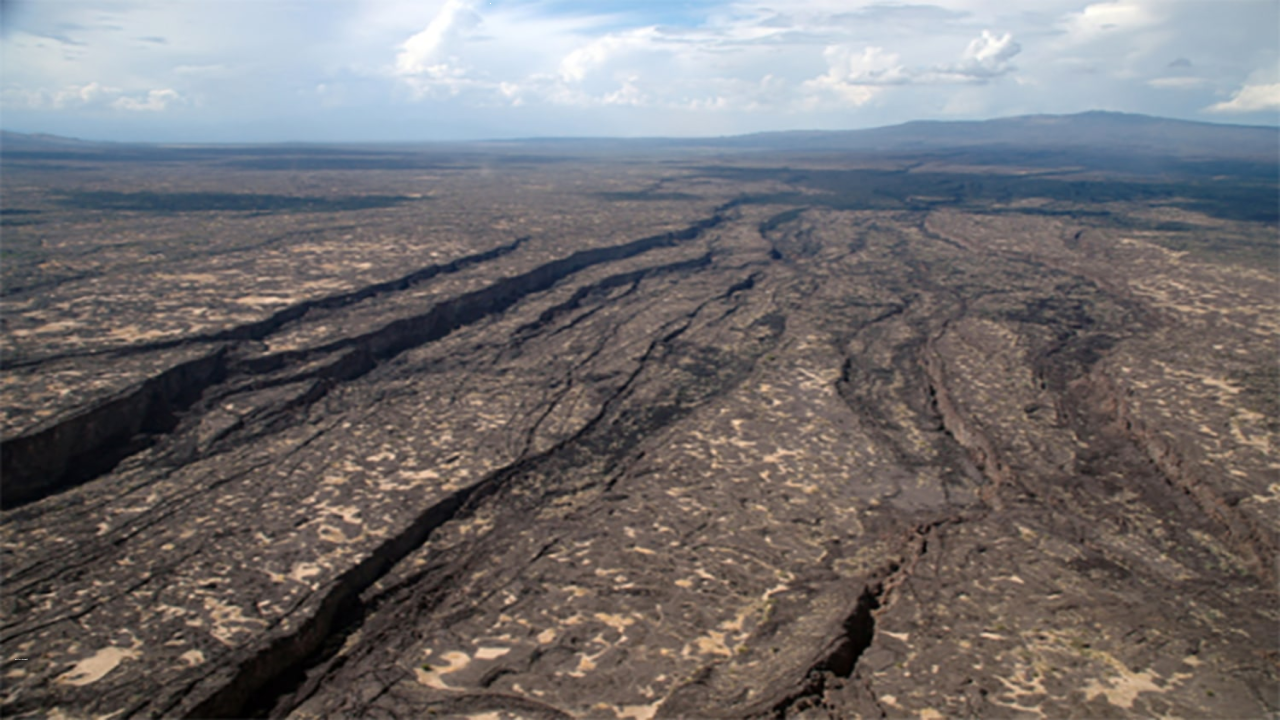What is East African Rift?
The East African Rift is a geological feature that stretches for 56 kilometers. It first emerged in Ethiopia’s desert in 2005. The Rift is predicted to create a new ocean and divide Africa into two separate parts. Although the emergence of new coastlines may unlock new opportunities for economic growth, there will also be consequences such as the necessary evacuation of people, potential loss of lives, and environmental impacts.
The East African Rift: A Geological Marvel
The East African Rift is a unique geological feature that runs through East Africa from the Red Sea to Mozambique. The Rift is caused by the divergence of three tectonic plates – the Nubian Plate, the Somali Plate, and the Arabian Plate. These plates are pulling away from each other, creating tension that results in the formation of the Rift. The East African Rift is a fascinating geological marvel that has attracted the attention of scientists and geologists from around the world
A New Ocean and Divided Africa
The emergence of a new ocean is predicted to occur due to the East African Rift. As the plates continue to diverge, the rift valley will deepen, and the surrounding land will sink. Eventually, the valley will fill with water, creating a new ocean that will divide Africa into two separate parts. This will result in landlocked countries like Uganda and Zambia gaining their own coastlines.
Potential Negative Consequences
The rifting process will affect settlements, communities, and the natural environment, including flora and fauna. The displacement of communities and settlements will be one of the most significant challenges. People will need to be evacuated from their homes and relocated to new areas. This process will be disruptive and could potentially result in the loss of lives.
Another potential negative consequence of the rifting process is the environmental impact. The creation of a new ocean will have a significant impact on the surrounding ecosystem. Marine life will move into the new ocean, while terrestrial life will be forced to adapt to the changing landscape. The displacement of flora and fauna will have far-reaching consequences for the ecosystem and could potentially lead to the extinction of certain species.
Unlocking New Economic Opportunities
Despite the potential negative consequences, the emergence of new coastlines may unlock new economic opportunities for the affected countries. Landlocked countries like Uganda and Zambia will finally have their own coastlines, which will provide access to international markets and boost trade. The creation of a new ocean could also lead to the discovery of new natural resources, which could further boost the economy of the affected countries.
Month: Current Affairs - March, 2023
Category: Environment Current Affairs • Places in News Current Affairs


